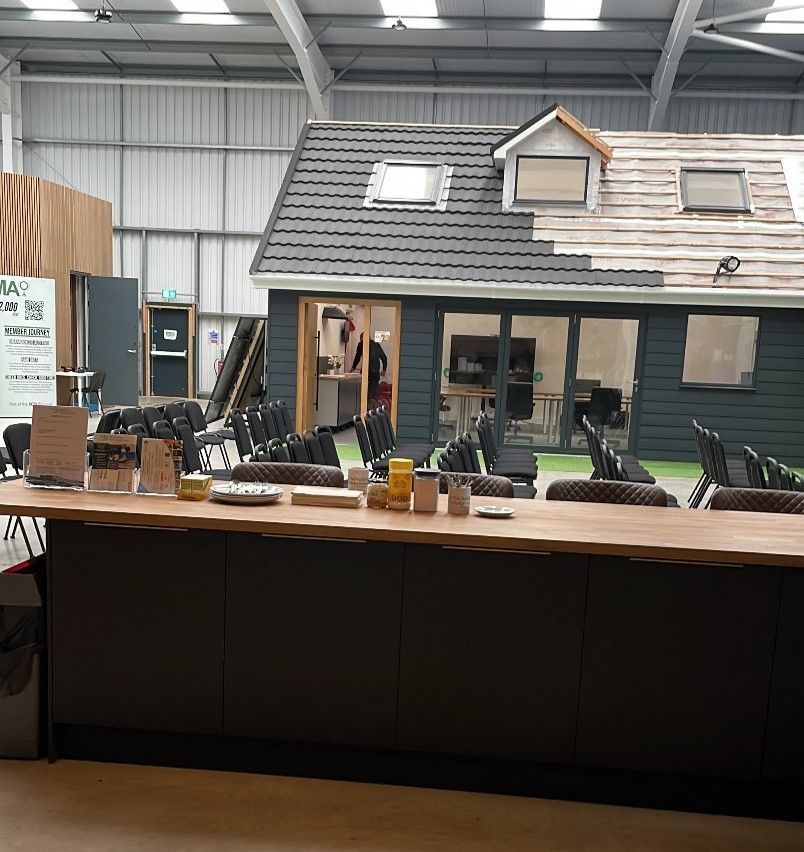Changes to Approved Document L and F 2021 Edition – Air Tightness and Ventilation
Building Regulations Part L and F are Changing
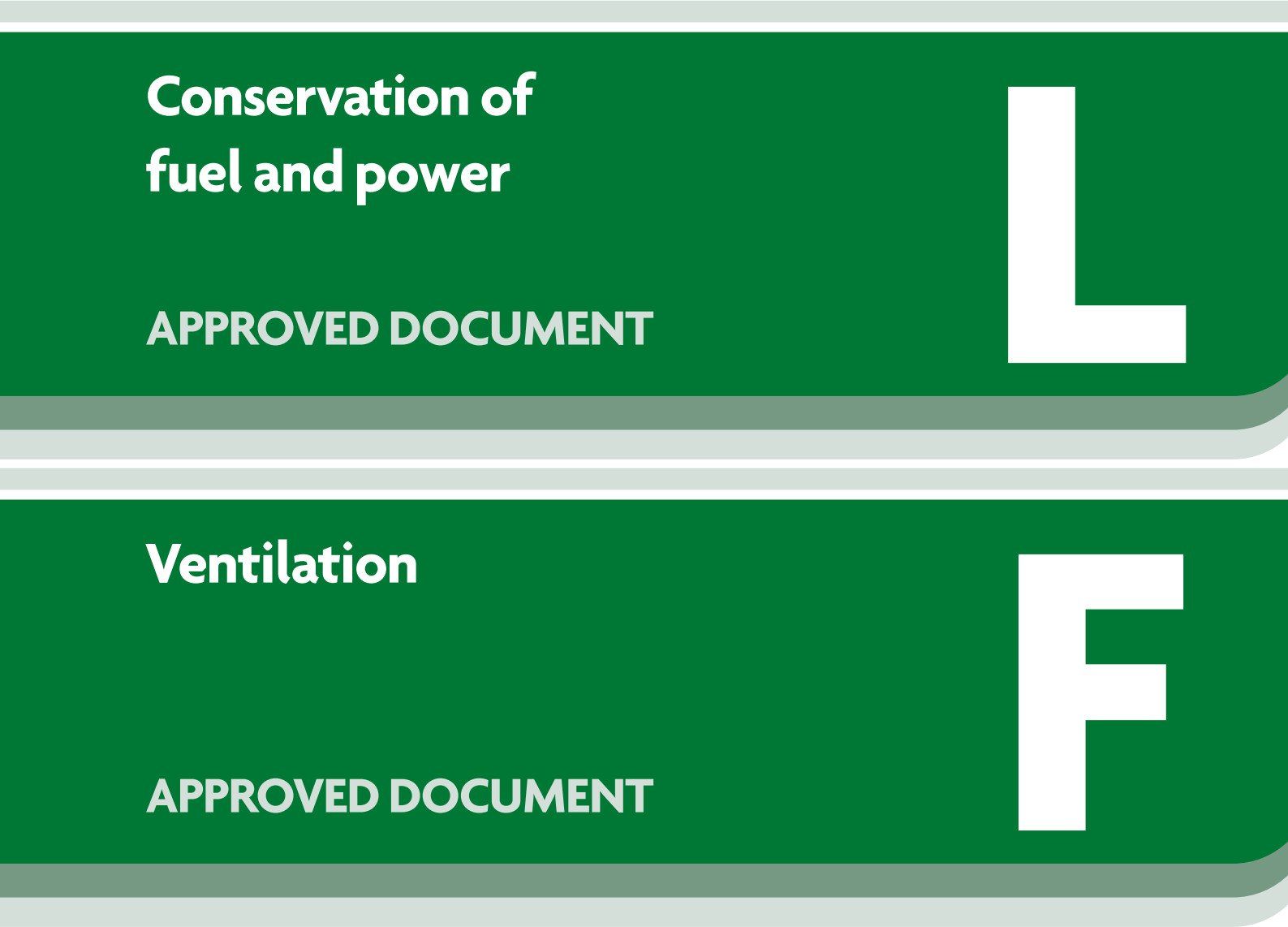
What is changing in Part L?
In line with the Future Homes Standards due for full implementation in 2025, Part L is being changed to make domestic homes “zero carbon ready” to decarbonise the energy grid.
The requirement is a 31% reduction in carbon emissions from the current regulations which will be achieved by moving to more efficiency electrically powered heating systems, and the increased inclusion of photovoltaic power sources.
This is an interim update to Part L which will be the first of many changes to come gradually turning the building industry round to a more carbon efficient design methodology.
One way to achieve this is to reduce the air tightness target to increase the efficiency of the heating system.
What is the new air tightness target?
The new maximum target for air tightness is <8m3/(h·m2)@50Pa, which is a 2 point reduction from the current maximum of 10.
This more airtight target will allow for low temperature heating systems such as air source heat pumps to be viable and meet the reduced carbon emissions targets.
What is changing in Part F?
Given the tightened targets for air permeability, there is a greater emphasis on proper ventilation installation and choosing the correct method to achieve the required air changes to maintain air quality.
What are the new ventilation targets?
Within Part F it is now specified that for buildings with an as built air tightness score of 3 or below, there is a requirement for continuous mechanical ventilation which can be centralised or decentralised.
Targets air flow rates have not been changed but instead the regulations have been simplified, as it has been shown that a large proportion of new dwellings were failing due to ignorance or misinterpretation of Part F.
System 2 or Passive stack and PIV have been removed from the upcoming regulations, as well as natural ventilation without the use of mechanical extracts has been given higher targets for Equivalent Areas for background ventilators.
Bare in mind:
Intermittent extracts require only a single reading to gain compliance.
Continuous extracts require two readings, and they must also comply with the whole dwelling ventilation rate which must be calculated in advance.
Mechanical Ventilation with Heat Recovery requires a full set of building calculations plus the testing and commissioning of the installed system.
Only 1.5m of flexible duct is allowed in any duct run.
Sufficient background ventilators must be installed for intermittent and continuous extract systems to comply.
It is not permissible by building regulations to mix intermittent, continuous and MVHR ventilation systems in a single dwelling.
A reminder of the air flow targets:
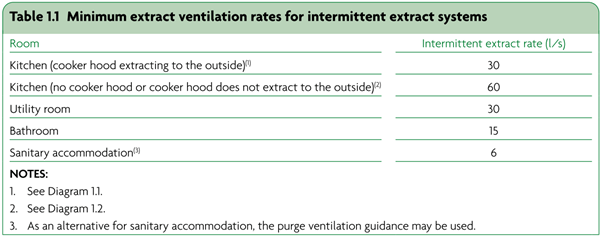
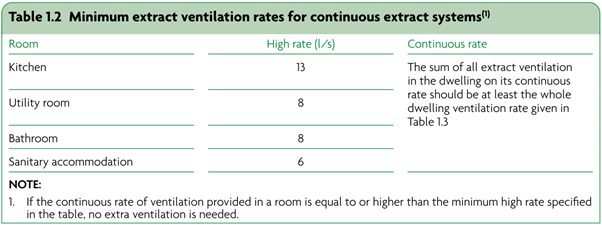
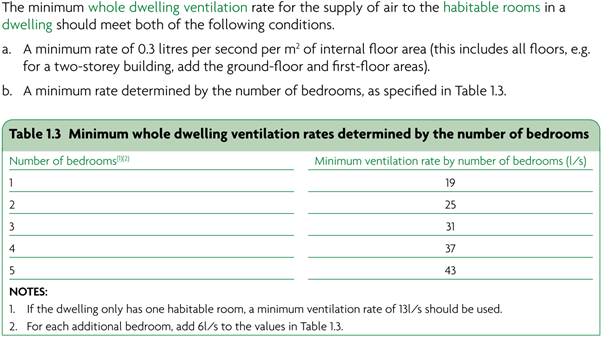
Ashby Energy Assessors Blog and News



